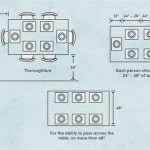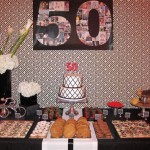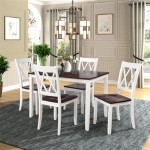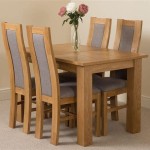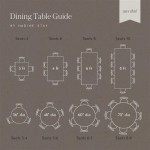Dining Room Tables With Extensions: Maximizing Space and Adaptability
Dining room tables with extensions represent a practical and versatile solution for homeowners seeking to optimize their dining space. These tables, engineered with expandable features, offer the everyday convenience of a smaller surface while providing the capability to accommodate larger gatherings when required. This adaptability makes them a popular choice for individuals and families who value both functionality and aesthetics in their dining area.
The fundamental principle behind a dining room table with an extension lies in its ability to transform. In its standard configuration, the table provides a comfortable surface for daily meals and activities. When the need arises, an extension mechanism is engaged, adding extra length and surface area to comfortably seat additional guests. This avoids the need to permanently occupy a large space with a table that is only occasionally used at full capacity.
The design and construction of extension dining tables have evolved significantly over time. Early examples relied on relatively simple mechanisms, often involving leaves stored separately and manually inserted into the table's center. Modern designs incorporate more sophisticated folding or sliding mechanisms, frequently with self-storing leaves or integrated butterfly extensions that seamlessly expand the table with minimal effort.
Understanding Extension Mechanisms and Styles
A diverse range of extension mechanisms are available, each offering unique advantages and disadvantages in terms of ease of use, storage, and aesthetic integration. The choice of mechanism often influences the overall style and design of the table.
One common type is the drop-leaf extension. These tables feature hinged leaves that fold down when not in use, effectively reducing the table's overall footprint. When needed, the leaves are raised and supported by swing-out legs or brackets. Drop-leaf tables are particularly well-suited for smaller spaces or for situations where the table is frequently adjusted in size. Their inherent simplicity makes them a robust and generally affordable option.
Butterfly leaf extensions represent a more sophisticated approach. These leaves are typically stored beneath the tabletop and unfold like butterfly wings to extend the table's length. This mechanism eliminates the need for separate storage and provides a seamless transition between the compact and extended configurations. Butterfly leaf extensions are often found in contemporary and modern dining table designs.
Another popular extension type is the self-storing leaf. These leaves are typically stored within the table itself, often in a compartment located beneath the tabletop. The table typically splits in the middle, allowing the leaf or leaves to be lifted into place and effectively bridging the gap. This design provides a clean, unified look and simplifies the extension process. The extension mechanism is often gear driven, making the extension process smoother and easier.
Finally, some tables utilize a draw-leaf extension. Draw-leaf extensions are located on either end of the table and are pulled out from underneath the main tabletop. The leaves slide on runners, providing additional surface area without requiring the table to be split. Draw-leaf tables often exhibit a more traditional aesthetic and are commonly found in farmhouse or rustic-style dining areas.
Material Considerations for Extension Dining Tables
The materials used in the construction of an extension dining table significantly impact its durability, aesthetic appeal, and overall cost. The selection of materials should be carefully considered to match the homeowner's preferences and the table's intended use.
Solid wood remains a classic and highly desirable material for dining tables. Hardwoods like oak, maple, and walnut offer exceptional strength and durability, ensuring that the table can withstand years of use. Solid wood tables are also highly customizable, allowing for a wide range of finishes and styles. However, solid wood can be more susceptible to changes in humidity and temperature, potentially leading to warping or cracking if not properly maintained.
Veneered wood offers an alternative to solid wood, providing a similar aesthetic at a lower cost. Veneer consists of a thin layer of hardwood adhered to a core of engineered wood, such as plywood or MDF. Veneered tables can be more resistant to warping and cracking than solid wood tables, as the engineered core provides greater dimensional stability. However, the veneer layer is susceptible to damage if not properly protected.
Metal frames, often constructed from steel or aluminum, are increasingly popular in modern and contemporary dining table designs. Metal frames provide exceptional strength and stability, allowing for sleek and minimalist designs. Metal is also highly resistant to moisture and temperature changes, making it a durable and low-maintenance option. However, metal may not be as visually warm or inviting as wood, and it can sometimes feel cold to the touch.
Glass tabletops offer a modern and elegant aesthetic. Tempered glass is highly resistant to shattering and provides a durable and easy-to-clean surface. Glass tabletops can be paired with various frame materials, including wood, metal, or acrylic, to create a unique and stylish look. However, glass can be more prone to scratches and fingerprints, requiring frequent cleaning.
Finally, laminate surfaces, typically made from plastic or resin, offer a cost-effective and durable option. Laminate tables are highly resistant to scratches, stains, and moisture, making them ideal for households with children or pets. Laminates are available in a wide range of colors and patterns, allowing for versatile design options. However, laminate surfaces may not have the same aesthetic appeal as solid wood or veneer.
Factors to Consider When Choosing an Extension Dining Table
Selecting the right extension dining table requires careful consideration of several factors, including the size of the dining space, the number of people typically seated, the desired aesthetic, and the budget.
The size of the dining space is a primary consideration. It's crucial to measure the available area to ensure that the table, both in its compact and extended configurations, fits comfortably without impeding movement. Sufficient space should be left around the table for chairs to be pulled out and for people to walk freely.
The number of people typically seated at the table is another important factor. The compact configuration should comfortably accommodate the everyday needs of the household. The extended configuration should provide sufficient seating for guests without feeling cramped.
The desired aesthetic should align with the overall style of the dining room. Extension dining tables are available in a wide range of styles, from traditional to modern, rustic to contemporary. Consider the existing furniture, flooring, and wall colors when selecting a table to ensure a cohesive and harmonious look.
Budget is always a consideration. Extension dining tables range in price from affordable to high-end, depending on the materials, construction quality, and brand. It's important to set a realistic budget and prioritize the features and qualities that are most important.
The ease of use of the extension mechanism should be considered. Some mechanisms are simpler and more intuitive than others. Consider whether the extension process can be easily managed by one person or if it requires assistance. The smoothness of the extension mechanism and the security of the locking mechanisms are also important factors.
The quality of construction is a critical determinant of the table's longevity. Examine the joints, the finish, and the overall stability of the table. Look for solid wood or high-quality engineered wood construction. A well-constructed table will withstand years of use and maintain its appearance.
Finally, consider the maintenance requirements of the table. Some materials require more care and maintenance than others. Solid wood tables may require periodic oiling or waxing to maintain their finish. Glass tabletops require frequent cleaning to remove fingerprints and smudges. Choose a table that fits your lifestyle and that you are willing to maintain.
By carefully considering these factors, homeowners can select an extension dining table that meets their needs, enhances their dining space, and provides years of enjoyment.
Extending Dining Tables Furniture Village

The Dish On Dining Table Extensions Timber To
Extending Dining Tables Furniture Village

Exploring The Various Extension Tables We Offer Loewen Design Studios

Extendable Dining Tables And Sets Transformer Table

Casa Hardwood Extendable Dining Table 120 200cm Round Natural

Esf Casual Everyday Style Modern Dining Room Tables Chairs Sets Comfyco
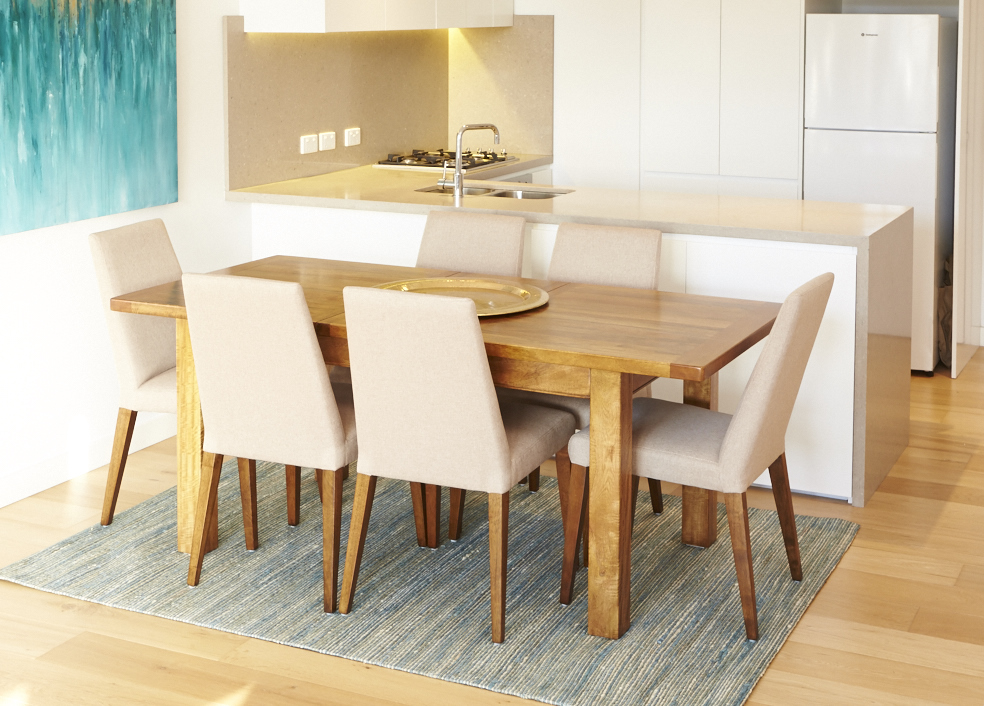
How To Choose An Extension Dining Table S Furniture

Copeland Furniture Natural Hardwood From Vermont Catalina Trestle Extension Tables With Easystow And Leaf Storage In Cherry

The 7 Best Dining Tables And How To Shop For One Reviews By Wirecutter

